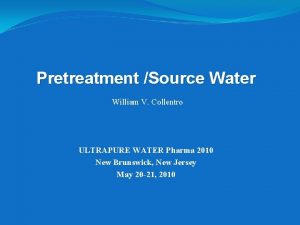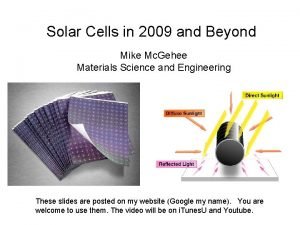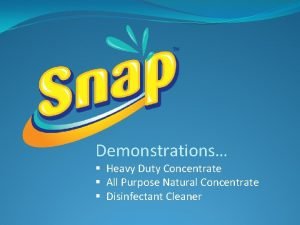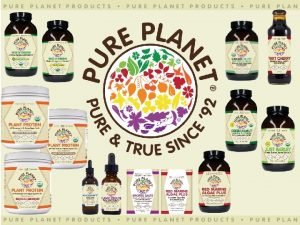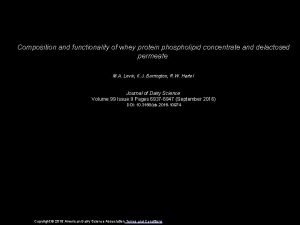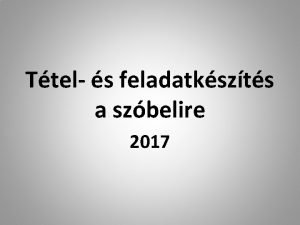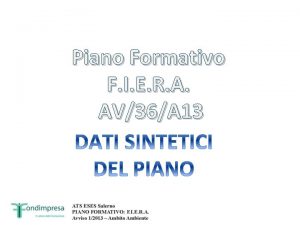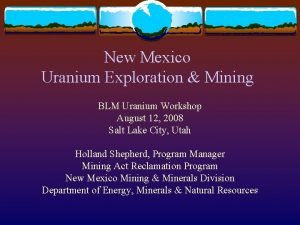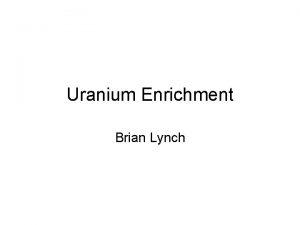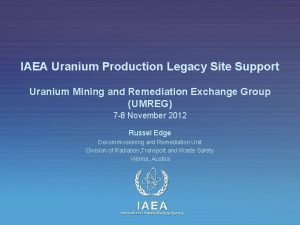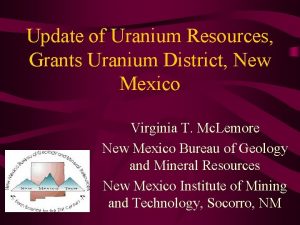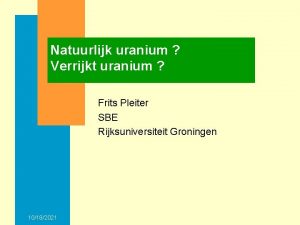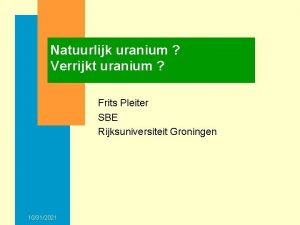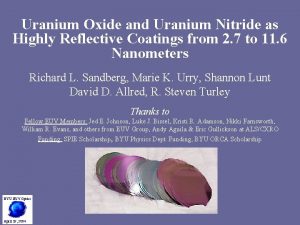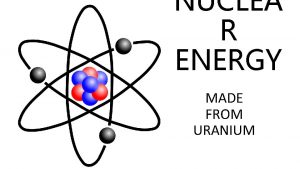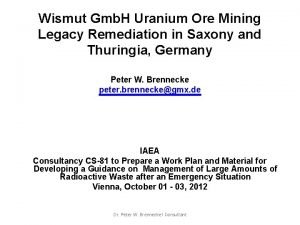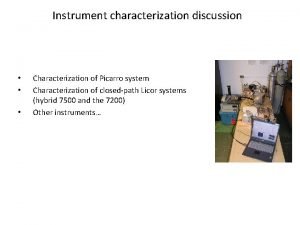Characterization of a Uranium Ore Concentrate Sample Interdicted















- Slides: 15

Characterization of a Uranium Ore Concentrate Sample Interdicted in Durban, South Africa IAEA Conference on Advances in Nuclear Forensics July 2014 LLNL-PRES-655302 This work was performed under the auspices of the U. S. Department of Energy by Lawrence Livermore National Laboratory under Contract DE-AC 52 -07 NA 27344. Lawrence Livermore National Security, LLC Ian D. Hutcheon Glenn Seaborg Institute

A 1 -kg uranium-rich sample was interdicted in Durban, South Africa on 14 November 2013 § South Africa police seized a shopping bag containing ~1 kg of a uranium-rich material in a “sting” operation § Two individuals arrested § Material analyzed by Necsa • Uranium ore concentrate, depleted in 235 U: 0. 38% 235 U § 10 g aliquot transferred to LLNL in December 2013 under the MOU describing cooperation in nuclear forensics between South Africa and the United States § Kobus Hancke visited LLNL in January 2014 to participate in the analyses Lawrence Livermore National 2 LLNL-PRES-592885

We used a variety of analytical techniques to characterize the Durban UOC § Gamma ray spectroscopy § X-ray diffraction § X-ray fluorescence § Optical spectroscopy § Scanning electron microscopy § Davies-Gray titration § Inductively-coupled plasma mass spectrometry (ICP-MS) § Thermal ionization mass spectrometry (TIMS) Lawrence Livermore National 3 LLNL-PRES-592885

The sample is a fine-grained yellow powder Lawrence Livermore National 4 LLNL-PRES-592885

The sample is a fine-grained yellow powder Lawrence Livermore National 5 LLNL-PRES-592885

The sample is a fine-grained yellow powder Lawrence Livermore National 6 LLNL-PRES-592885

VIS/near IR spectroscopy indicates the sample is an ammonium uranate Lawrence Livermore National 7 LLNL-PRES-592885

Gamma ray spectroscopy confirmed the depleted Uisotope composition of the UOC Lawrence Livermore National 8 LLNL-PRES-592885

X-ray diffraction indicated four phases are present in the UOC Lawrence Livermore National 9 LLNL-PRES-592885

U-assay and trace element abundances are unremarkable and do not point to a specific location or process § Davies-Gray titration yields a U-content of 74. 9 ± 0. 5 wt. % § Compares to 67. 5 wt. % measured by Necsa § Total impurity content of ~300 mg/g § Major impurities are Na, K, Ca, Fe, Mo and Cs § Cs makes up over 50% of the total § Pu is ~10 pg/g Lawrence Livermore National 10 LLNL-PRES-592885

Mass spectrometry confirms depleted uranium with high 236 U and very low Pu Lawrence Livermore National 11 LLNL-PRES-592885

Sr and Pb isotopes indicate the UOC source is not represented in the U-Sourcing Database Lawrence Livermore National 12 LLNL-PRES-592885

Reactor modeling suggests the UOC could represent reprocessed, irradiated fuel from a graphitemoderated reactor § Modeled a graphite moderated, natural uranium (NU) fueled reactor using the MAGNOX reactor model included in the Origen-ARP component of SCALE 6. 1 § NU fuel irradiated for ~100 days to a burnup of 1. 6 GWD/MTU would have a discharge 240 Pu content of ~14% at § Using this fuel as feed for an enrichment cascade producing 235 U enriched to 2%, the ORNL MSTAR program calculates 234 U /235 U = 9. 1 x 10 -3 and 236 U /235 U = 4. 2 x 10 -2, both values consistent with measurements Lawrence Livermore National 13 LLNL-PRES-592885

Summary § The UOC is ammonium uranyl flouride plus two hydrated § § § uranyl oxides Total impurity content of ~300 mg/g Major impurities are Na, K, Ca, Fe, Mo and Cs The UOC is depleted in 235 U with a 235 U/238 U ratio ~2 x lower than that of natural uranium (NU) The elevated 236 U content indicates the parent material was irradiated in a nuclear reactor The UOC likely originated as NU fuel irradiated in a graphite-moderated reactor and used as feedstock for an enrichment cascade Lawrence Livermore National 14 LLNL-PRES-592885

Acknowledgements The LLNL/NECSA nuclear forensics team: Lars Borg Amy M. Gaffney Victoria G. Genetti Patrick M. Grant Kobus J. Hancke Ian D. Hutcheon Theresa M. Kayzar Gregory L. Klunder Kim B. Knight Michael J. Kristo Rachel E. Lindvall Naomi Marks Reuben P. Mogafe Aubrey N. Nelwamondo Christina E. Ramon Erick C. Ramon Martin Robel Michael A. Sharp Michael J. Singleton Ross W. Williams Work supported by NNSA’s Office of Defense Nuclear Nonproliferation and the South African Nuclear Energy Corporation Lawrence Livermore National 15 LLNL-PRES-592885
 Uranium ore
Uranium ore Indirect characterization meaning
Indirect characterization meaning Direct characterization example
Direct characterization example Ultra pure vodka concentrate
Ultra pure vodka concentrate Platelet concentrate
Platelet concentrate Platelet transfusion indication
Platelet transfusion indication The best goodwill messages concentrate on the five ss
The best goodwill messages concentrate on the five ss Concentrate solar power
Concentrate solar power Snap heavy duty concentrate
Snap heavy duty concentrate Pure planet earth
Pure planet earth Difference between roughages and concentrates
Difference between roughages and concentrates Whey protein phospholipid concentrate
Whey protein phospholipid concentrate Az elköszöngetés balladája
Az elköszöngetés balladája Tabella criteri di determinazione ore sostegno
Tabella criteri di determinazione ore sostegno Master solo 24 ore
Master solo 24 ore Starac i more odnos starca i dječaka
Starac i more odnos starca i dječaka



